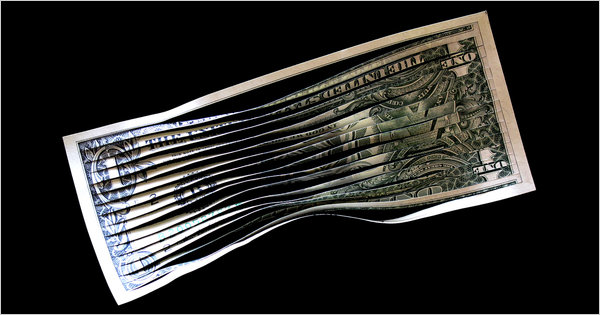But Dick Fuld is only a shadowy presence in “The Devil’s Casino”; instead, in reporting on the tumultuous demise of Lehman Brothers, Ward has decided to concentrate on four friends who operated just below Fuld in the Lehman hierarchy.
 These four — nicknamed the Ponderosa Boys, after the 1960s television show “Bonanza” — carpooled into Manhattan and treadmilled together at the gym. It was their friendship that built a kind of golden era for the firm in the 1980s and ’90s. Eventually, however, it was the Ponderosa Boys’ betrayals and infighting that weakened the bank; Lehman was unable to cope when catastrophe struck.
These four — nicknamed the Ponderosa Boys, after the 1960s television show “Bonanza” — carpooled into Manhattan and treadmilled together at the gym. It was their friendship that built a kind of golden era for the firm in the 1980s and ’90s. Eventually, however, it was the Ponderosa Boys’ betrayals and infighting that weakened the bank; Lehman was unable to cope when catastrophe struck.
Ward’s hero is T. Christopher Pettit. A Vietnam veteran, “a prince of a man,” he would become Fuld’s second in command, corralling the Lehman troops for his remote boss, fighting to preserve the firm’s name and culture, until even he was spoiled by success and money. Pettit died in 1997, and Ward’s description of the funeral is telling: “Many of the Lehman people . . . went back to the city in their separate limos, back to their separate intrigues. Some left Pettit in the ground that day; some never forgot him.”
Joseph M. Gregory — “a man as nervous as he was voluble, lithe, with long hair, huge glasses and rope bracelets” — comes across as the villain here. He would climb to become president in 2004. In Ward’s telling, Gregory culled able staff members, blocked successors to Fuld and promoted his own favorites as he beat the drum for greater risk-taking.
“The Devil’s Casino,” well researched, chatty, lively, sets itself up as a successor to “Greed and Glory on Wall Street,” Ken Auletta’s 1986 book about Lehman. But the clichés of business articles are too frequent here: standing ovations on the trading floor, the rich wife’s shoe collection and so on. There are too many names and points of view. One wishes Ward, a contributing editor at Vanity Fair, had stuck with her hero, Pettit, and told his story alone. But then that would have ignored the financial crisis, which serves as Gregory’s delicious comeuppance.
Still, as she charts the rivalries of life on Wall Street, Ward entertains with rich detail: the rough-edged Fuld taking elocution lessons and copying the nail-clipping habits of a smoother senior whose job he desires; Henry Kissinger at a board meeting, stirring his iced tea with a pencil.
Ward shows that more than two decades ago, Lehman was developing dodgy habits that would cause trouble later. For example, it used a secret cash cushion known as “Dick’s reserve” to polish its results at the end of each quarter.
The book skillfully depicts the lives lived in the background of great clashing events. And it also hints at what Wall Street has become since the crisis, at the apparent dominance of two survivors, Goldman Sachs and JPMorgan Chase.
Ward ends the story before this year’s revelations of the accounting sleight of hand that helped Lehman conceal $50 billion in debt from investors right at the end of its life. Since then have come charges against Goldman Sachs over the products it was selling during the subprime boom. In one wacky final scene, though, Ward contacts Pettit’s spirit, who talks ominously of “creative accounting.” It’s as if her hero, even from the grave, were suggesting we all have more to learn about who exactly did what during those crazy years Ward charts so well.
THE DEVIL’S CASINO
Friendship, Betrayal, and the High-Stakes Games Played Inside Lehman Brothers
By Vicky Ward
Illustrated. 270 pp. John Wiley & Sons. $27.95